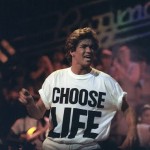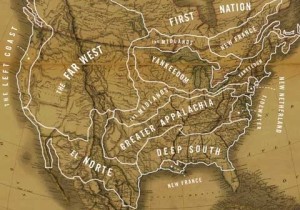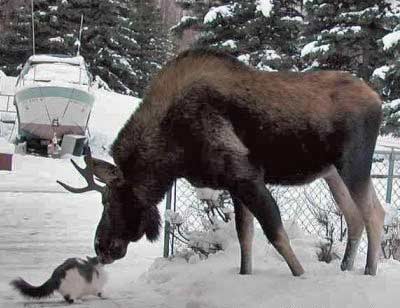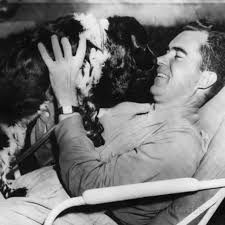I’ve seen books like that. But not quite those books.
She hasn’t actually read Kerouac’s 320-page, amphetamine-fueled, stream-of-consciousness classic. (Alice is a precocious reader, but not that precocious.) Instead, her father read her a heavily abridged and sanitized illustrated version of “On the Road†designed for six- to 12-year-old children.
“She didn’t love it,†said her father, Kurt Hemmer, an English professor at Harper College and scholar of the Beat Generation, who noted that even some college students failed to appreciate the novel’s subtle spiritual message. “To really grasp it, you need to be a bit more mature.â€
“On the Road,†with its recurring references to sex, drugs and domestic violence, might not seem like an ideal bedtime story for a child. But that’s precisely the point of KinderGuides, a new series of books that aims to make challenging adult literary classics accessible to very young readers.
I think I got away with ripping out a Frankenstein adaptation for a middle school book report. By the time one gets to college, you’re obliged to actually read the real Mary Shelley book.
I don’t know that this Kerouac adaptation for younger kids will get you very far. (In my case, I recall doing a report on Kerouac for the sake of my Kerouac-hating English teacher. But then again, Kerouac seems written for 16 year old boys, doesn’t he?)
Along with “On the Road,†KinderGuides recently published picture book versions of Ernest Hemingway’s “The Old Man and the Sea†and Truman Capote’s melancholy novella “Breakfast at Tiffany’s.†(It skipped over the awkward question of whether Holly Golightly is a prostitute.) In one of its most ambitious and bizarre efforts, it released a cheerful take on Arthur C. Clarke’s opaque, mind-bending science fiction novel, “2001: A Space Odyssey,†an allegory about the evolution of human consciousness that many adult readers find impenetrable.
With their bright illustrations and breezy language — “Sal is ready for an adventure!†pretty much typifies the tone of “On the Road†— the books almost seem like parodies, or the perfect gag gift for the hipster parent who has everything. But the creators of the series, the graphic designer Melissa Medina and her husband, the writer Fredrik Colting, insist they aren’t joking.
Yes you are. Whether you know it or not.
They’re already working on the next four titles in the series — versions of Paulo Coelho’s best-selling novel “The Alchemist,†Jane Austen’s “Pride and Prejudice,†J. D. Salinger’s “The Catcher in the Rye†and Harper Lee’s “To Kill a Mockingbird†(minus the rape charges, Ku Klux Klan rallies and racial slurs).
As, I imagine, Catcher in the Rye is minus the prostitute scene. And, what — does To Kill a Mockingbird stop before anything actually happens?
This sounds about right. Except for the part about Amelia Bedalia — you know what I think about her. (Never saw movie.)
Plundering a great piece of literature for a few concepts and then moving on is in sync with the Common Core state standards for which the federal Education Department shelled out hundreds of millions for the development of tests that assure compliance to this bankrupt approach to literacy.
To be in compliance, schools must emphasize nonfiction, and when allowing time for a novel, take time for just a core idea or two, not the whole thing.
Schools were told to Race to the Top, setting off a competitive mania that has some parents worrying that cuddling with “Pat the Bunny†disadvantages Baby’s chances for success in the global economy. So we get “Moby-Dick†told in 12 words in a baby board book as the first step in the college admission race.
Wouldn’t the next trend to be have 300 page novel versions of, oh, “Goodnight Moon” and such — ala a variation of the Adult Coloring book craze. (Oddly, everything old is new again — such a thing was in vogue in the early 60s, now out there again.)
 Â Â The caption writes itself.
  The caption writes itself. Lyrus Thomas, John Wesley Powell — American Nations, 261-262
Lyrus Thomas, John Wesley Powell — American Nations, 261-262


